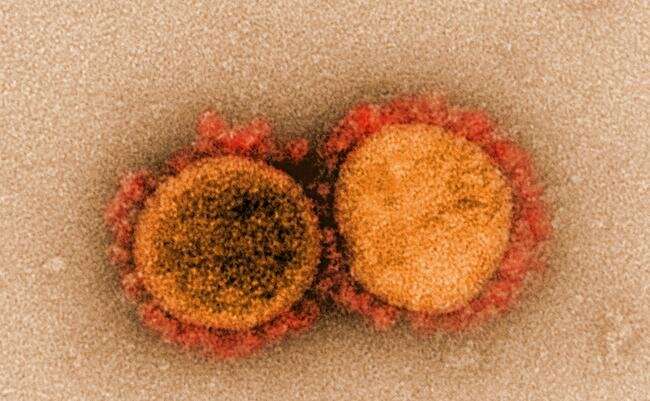Dental mitigation strategies to reduce aerosolization of SARS-CoV-2

Limiting infection transmission is central to the safety of all in dentistry, particularly during the current SARS-CoV-2 pandemic, yet many dental procedures unavoidably generate aerosols. In the study “Dental Mitigation Strategies to Reduce Aerosolization of SARS-CoV-2,” published in the Journal of Dental Research (JDR), researchers at the University of Leeds, England, UK used a ‘phantom head’ model to mimic dental procedures in a multifaceted approach to measure aerosol dispersal in a dental surgery setting and determine the potential of different mitigation strategies to reduce the infection risk to the dental team from bioaerosol exposure during routine dental procedures.
In a dental surgery setting, crown preparation and root canal access procedures were performed with an air turbine or high-speed contra-angle hand-piece (HSCAH) operated with water cooling, with mitigation via rubber dam or high-volume aspiration and a no mitigation control. A phantom head was used with a flow of artificial saliva infected with Φ6-bacteriophage, a surrogate virus for SARS-CoV-2. Bioaerosol dispersal was measured using agar settle plates lawned with the Φ6-bacteriophage host, Pseudomonas syringae. Viral air concentrations were assessed by active air sampling, and particle size and quantities were monitored using optical particle counters.
Bioaerosol levels were clearly diminished when using the HSCAH compared with the air turbine. Use of rubber dam or high volume evacuation were also effective in reducing bioaerosols and splatter.
While this model represents a worst-case scenario for possible SARS-CoV-2 dispersal, these data showed that the use of HSCAHs or other mitigation strategies can vastly reduce the risk of viral aerosolization, and suggests a prolonged clinic fallow time is not necessary.
Source: Read Full Article
